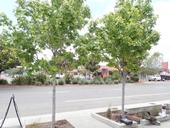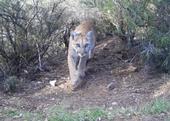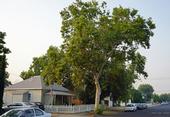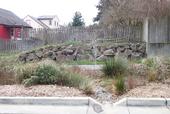- Author: Pamela Kan-Rice

The green leaves of the trees that line city streets soften the visual harshness of concrete and asphalt. Walking in the shade of their canopy, you may not think about how trees live in a small patch of soil surrounded by sidewalks and streets.
Behind every thriving street tree is science. Scientists evaluate trees to determine which species will grow well in a particular environment. Scientists study the best ways to protect the tree against pests and diseases. Scientists research how to prune the tree for the best performance.
“I think that the most overlooked and under-recognized value of trees is the subtle calming and healing effect that urban trees...
- Author: Jeannette E. Warnert

Californians received bleak news last month when the state released its fourth assessment of climate change in California. The report predicts severe wildfires, more frequent and longer droughts, rising sea levels, increased flooding, coastal erosion and extreme heat.
“It's great to be living in a state where science and facts around climate change are valued,” said UC Cooperative Extension specialist Adina Merenlender, “but the recent forecasts may make you want to devour a quart of ice cream in a pool of salty tears.”
Modern civilization has changed the world climate, and even dramatic reductions in...
- Author: Jeannette E. Warnert

Many common street trees now growing in the interior of California are unlikely to persist in the warmer climate expected in 2099, according to research published in the July 2018 issue of the journal Urban Forestry & Urban Greening.
“Urban foresters in inland cities of California should begin reconsidering their palettes of common street trees to prepare for warmer conditions expected in 2099 due to climate change,” said the study's co-author, Igor Lacan, UC Cooperative Extension environmental horticulture advisor in the Bay Area.
Common trees in Coastal...

To keep pollution out of the ocean and natural creeks, California city planners are looking for creative ways to manage the large amount of water that falls during rain storms. More and more, they are building bioswales, shallow roadside basins designed to hold water as it slowly percolates into the soil or can be delivered to waste water treatment plants.
In many areas, the bioswales – sometimes called “rain gardens” or “stormwater planters” – are being beautifully designed and landscaped so that, in addition to addressing flood management, they provide an artful green oasis in the largely asphalt and concrete urban jungle. Ornamental trees are a common feature.
Street trees have...



